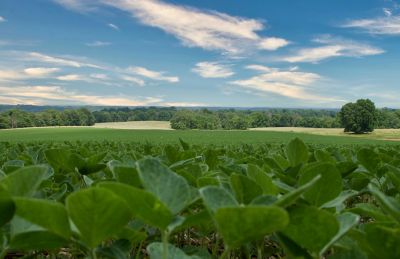Managing Delayed or Frost-Damaged Soybeans
Field Facts written by Steve Butzen, Agronomy Information Consultant
Field Facts written by Steve Butzen, Agronomy Information Consultant
Soybean maturity is determined primarily by daylength, but planting date affects soybean maturity as well. Agronomists estimate that soybean maturity can be delayed by about 1 day for every 4 days of planting delay beyond the normal date. Growing conditions such as abnormally cool summer temperatures can also affect soybean growth, development and maturity. When crop maturity is delayed, the risk of damage due to a fall frost increases, especially in northern states where the full growing season is commonly used. This article discusses managing delayed soybeans and those damaged by a freeze prior to crop maturity.
Reviewed August 2019
The foregoing is provided for informational use only. Please contact your Pioneer sales professional for information and suggestions specific to your operation. Product performance is variable and depends on many factors such as moisture and heat stress, soil type, management practices and environmental stress as well as disease and pest pressures. Individual results may vary.
When you choose to grow soybeans with us, you are backed by the power of Pioneer: more data points, a faster research pipeline and industry-leading field teams.
See the Power